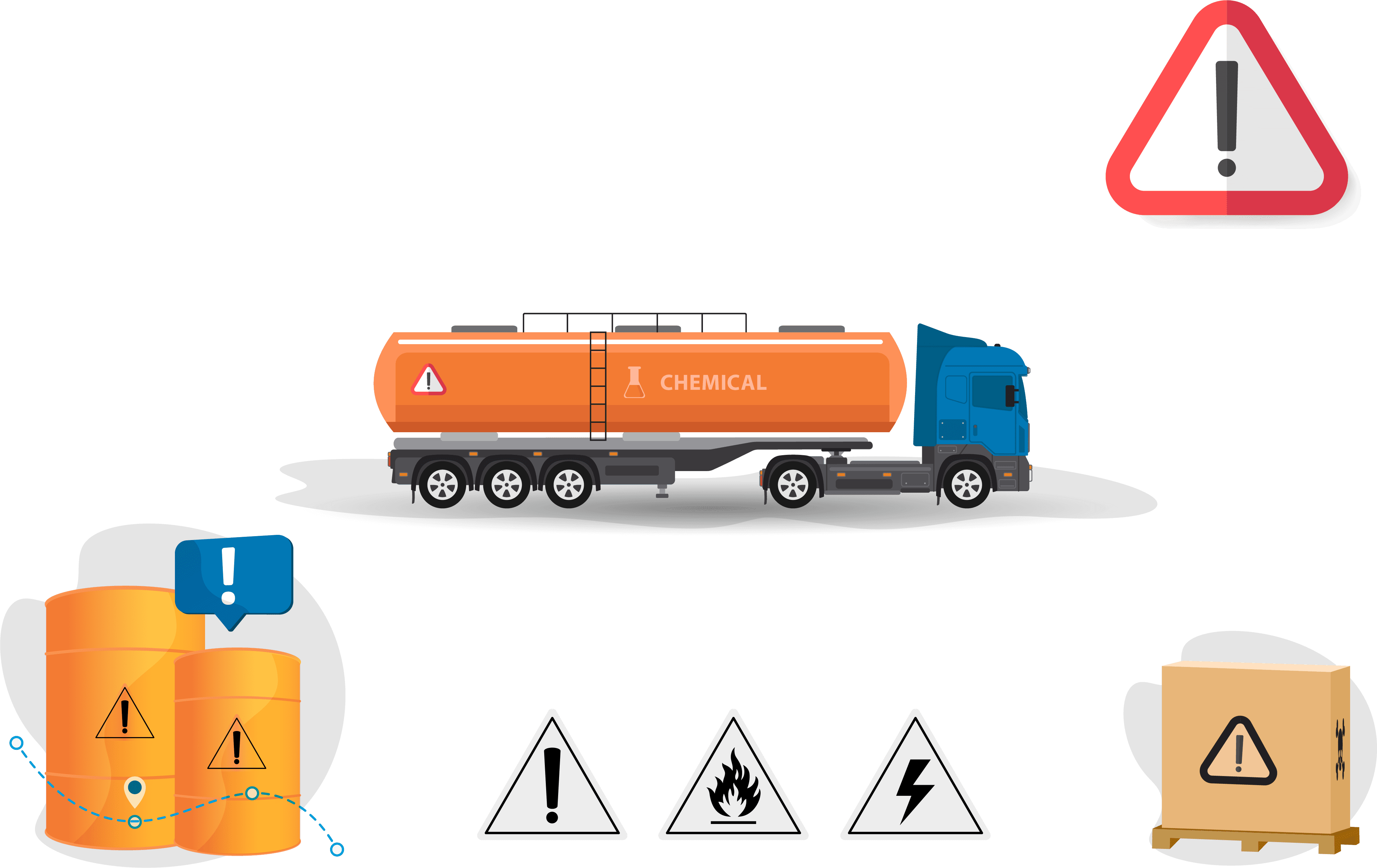Hazardous Cargo

We call ourselves the experts in hazardous cargo handling. Every safety norm is followed and every possible precaution is taken by us to protect people and the marine environment while doing the dangerous cargo handling.
Three Lines Shipping has a strong commitment to principles of safety, health and environmental protection in the storage, transportation and delivery of hazardous goods. Strict controls are in place to ensure that these cargoes are handled safely.
Three Lines Shipping has built a reputation of being experts in the world of hazardous Cargo, and often provide consultation on hazardous cargo transport to the fellow forwarders of the industry.
We have a dedicated team which is well-trained at all levels of the supply chain and regularly update ourselves to keep abreast with the latest technology, issues and regulations to conform to the safe transportation of hazardous cargo by surface, sea or air.
- Experts in hazardous cargo handling by surface, sea or air
- Fully compliant with IMDG, ADR and IATA Regulations
- Specialization in handling the issuance of dangerous goods declaration, classification, packing, re-packing, labeling and transport
FAQ's
Hazardous cargo calls for stringent handling processes that includes
- Identification and classification based on characteristics and properties
- Packaging, to meet regulatory and safety standards
- Labeling and marking with identification numbers and symbols
- Documentations like MSDS, compliances and clearance
- Arranging appropriate transportations
- Emergency response planning
- Implementation of security measures
- Tracking and reporting
Determining the “most hazardous” depends upon various factors like the specific properties of the material, quantity, how it’s handled and the context of its use or transport. However, Class I Explosives, Class III Flammable liquids, Class VI Toxic Substances like arsenic / cyanide / vaccines / pathology specimens etc. and Class 7 Radioactive materials are considered extremely hazardous.
Determining the “most hazardous” depends upon various factors like the specific properties of the material, quantity, how it’s handled and the context of its use or transport. However, Class 1 Explosives, Class 3 Flammable liquids, Class 6 Toxic Substances like arsenic / cyanide / vaccines / pathology specimens etc. and Class 7 Radioactive materials are considered extremely hazardous.
Air cargo is primarily used by entities that need to ship goods, mainly perishables like, food, flowers and pharmaceuticals, over long distances within 24hrs to 48hours. Besides retailers and pharmaceutical companies, air cargo is also used by electronic / tech companies, fashion / apparel industry, automotive industries and more.
Explosives, radioactive material, corrosive substances, flammable goods, pathological / infectious specimens are some of the many examples of hazardous cargo. These forms of cargo pose sizable risk to health and safety, and thus, require unique and meticulously planned transportation / freight and logistics solutions.

